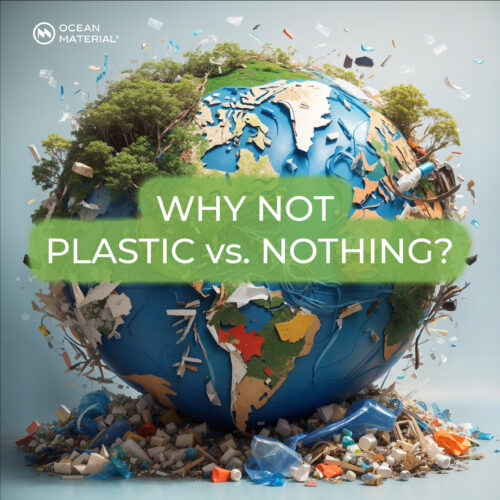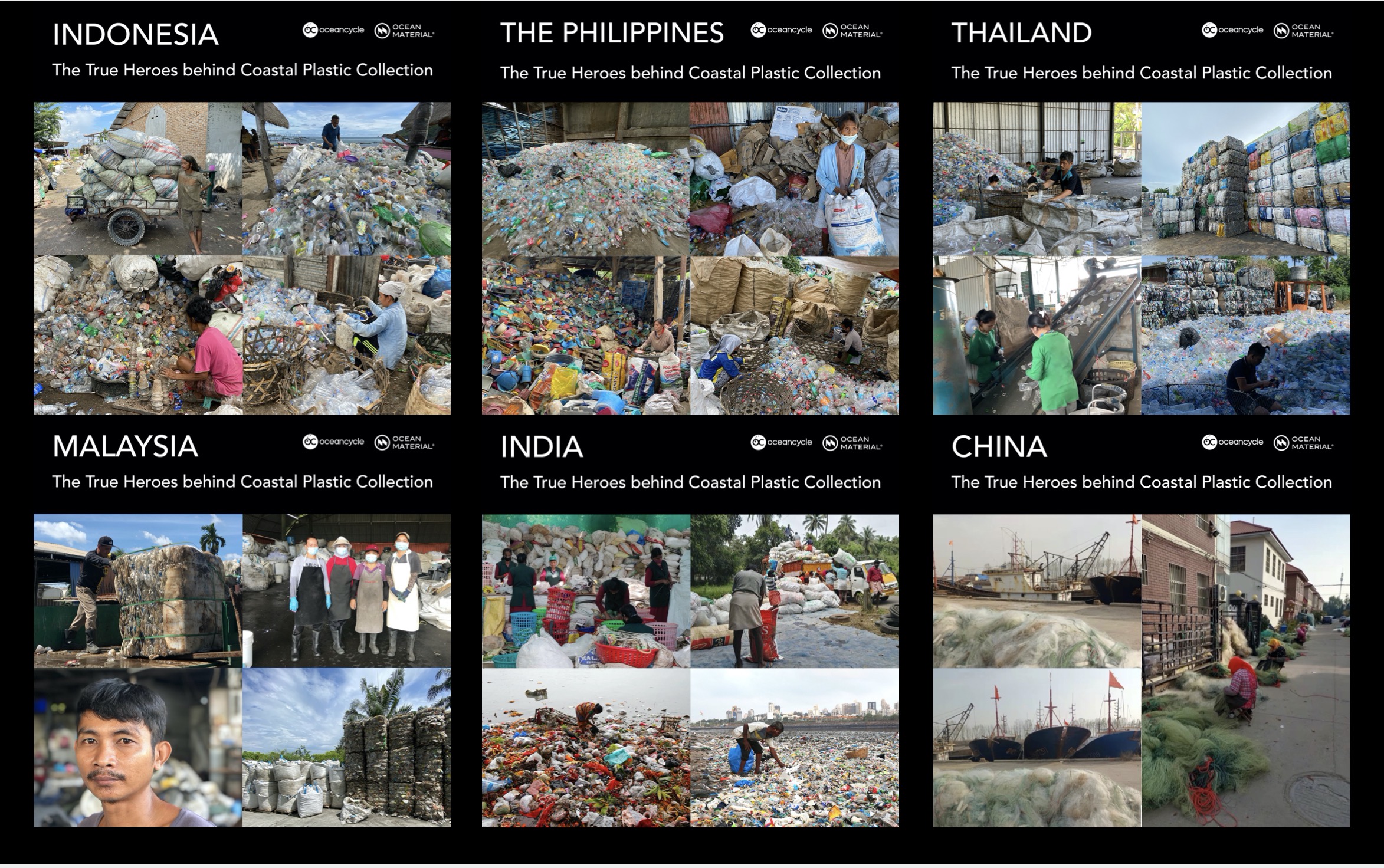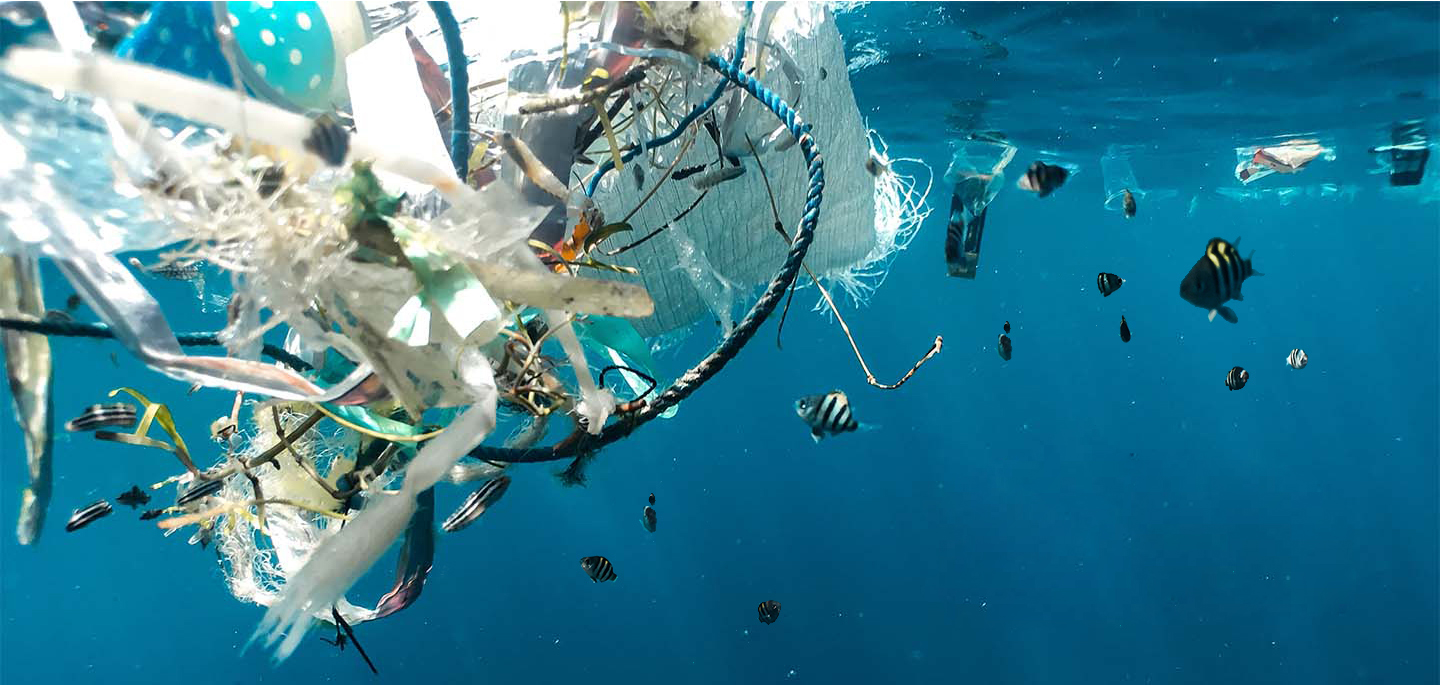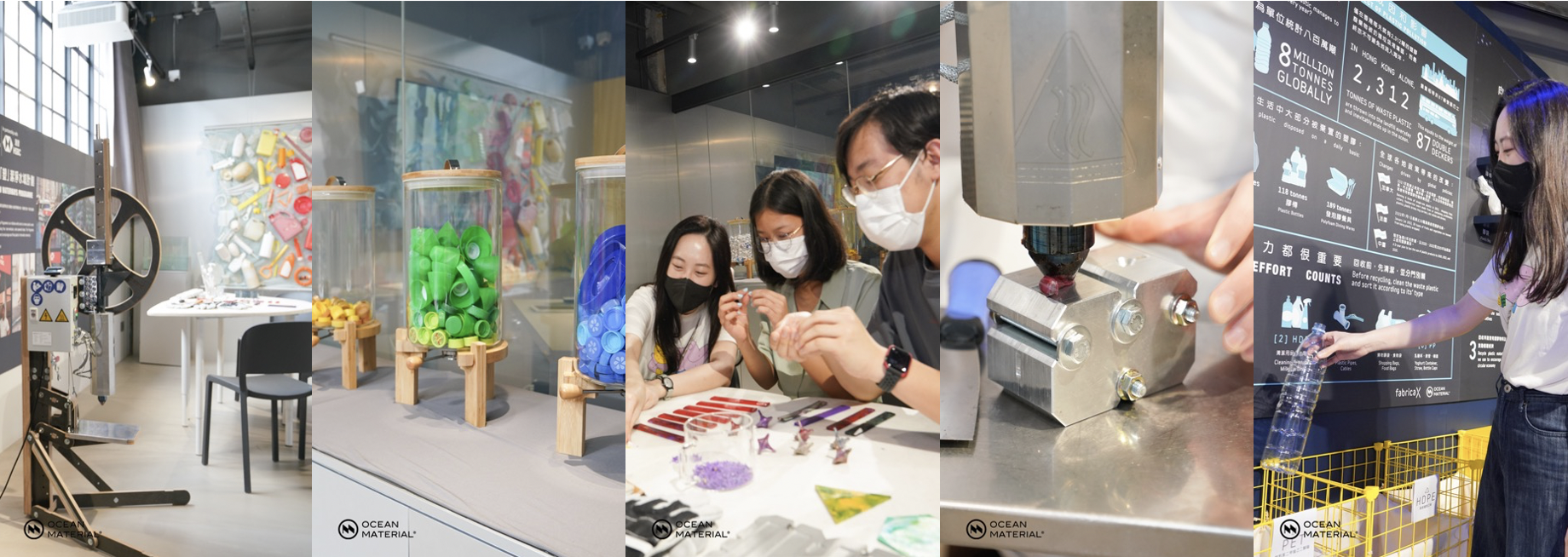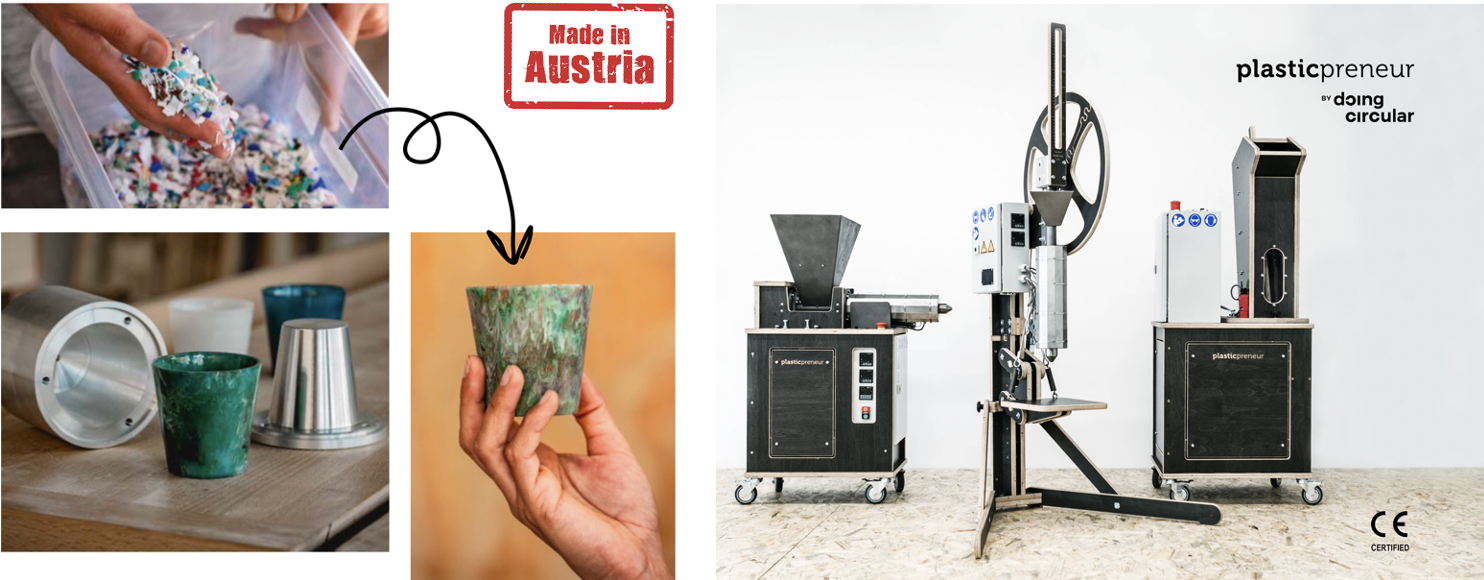OCEAN MATERIAL | AUG 13TH 2023 | 8 MINS
Myths & reality about plastic: Balancing sustainability and addressing pollution
Since its introduction as a consumer material in the 1950s, plastic has transformed industries and individuals’ daily lives. However, more recently, its environmental impact and contribution to pollution have become particularly concerning. There are several proposals to manage plastic pollution, many underpinned by assumptions that don’t take full account of either adequate sustainable solutions or commercial realities.
At Ocean Material, we come across many common myths that don’t fully address the complexity of the problem or are simply misdirected. In order to provide a little educational insight, we explored five of the more common myths we encounter in our work and their corresponding realities.
Myth 1: ‘Bio-based materials solve the plastic pollution problem.’
Reality: While bio-based plastics promise us sustainable alternatives, they also come with similar challenges in their manufacture that conventional plastics do – resource consumption, slow degradability, and higher emissions vs. conventional plastics. However, bio-based plastics comprise less than 0.5% of global plastic production (an estimated 390 million tonnes annually). While these problems are addressed and production needs to be scaled, a better solution would be prioritising consumer behaviour through reducing single-use plastics, creating more stringent legislative regulations in countries where they are produced and used, and expanding towards a more robust recycling infrastructure to reuse plastic already in circulation.
Myth 2: ‘Recyclables can always be recycled.’
Reality: While recycling is a crucial step in managing plastic waste, it is essential to understand that plastic’s molecular stability degrades over time, limiting mechanical recycling to about 2-3 cycles. Plastics are generally graded according to their resin identification codes, ranging from 1 to 7 which determine their recyclability. For example, a PET bottle, such as those storing our soft drinks, is a piece of plastic that can be quite easy to recycle. But recycling low-grade plastics like foils aren’t always economically viable for local authorities or commercial companies. So for consumers, a reusable bag when shopping is always a better alternative.
Myth 3: ‘All plastic pollution comes from single-use packaging.’
Reality: While single-use plastics contribute to consumer-based pollution, plastic’s usage extends beyond packaging and is used in a wide range of industries and applications, from construction and automotive to electronics and healthcare. For instance, the fishing industry heavily relies on plastics for fishing gear, including nets, ropes, and floats. Improper disposal or loss of these materials at sea results in “ghost nets,” entangling marine life and causing severe environmental damage. According to a 2018 study in Scientific Reports, ghost nets make up at least 46 percent of the Great Pacific Garbage Patch. Playing our part as consumers is important, but so is the need for industries to transform their harmful practices.
Myth 4: ‘Plastic is always a poor choice for packaging.’
Reality: What has made plastic an ideal material for packaging is its unique combination of moulded versatility, low weight, durability, cost-effectiveness, and impermanence. By leveraging next-generation technology in terms of electronic tracking, reuse, stackability, and packaging design, researchers are able to enhance recycling efficiency. By using plastics in a more innovative way, the UN estimates that plastic pollution can potentially be reduced by 30 per cent by 2040.
Myth 5: ‘Plastic waste is directly dumped into the ocean.’
Reality: While plastic waste in the oceans is a significant concern, it is essential to recognise that only a small fraction is linked to direct dumping. Instead, most plastic pollution seeps into the oceans through rivers and waterways (estimated 80 per cent) due to improper waste management on land. So improving waste collection and ensuring efficient segregation and recycling processes are vital to prevent waste leakage into oceans.
In conclusion, addressing the immediate issue of plastic needs to be broadly twofold: One is through advances in its application, and the other is the management of its collection. This gives us the space to expand upon solutions that can create greater change, including the exploration of bio-based alternatives and research in other materials, encouraging behavioural change amongst consumers, and designing better recycling infrastructure. Striking this balance ensures a cleaner, greener future for generations to come. Together, we can coexist harmoniously with plastic while combating plastic pollution responsibly.
You can also find this article on:
https://www.wasterecyclingmea.com/expert-talk/myths-reality-about-plastic-balancing-sustainability-and-addressing-pollution-br-small-by-toni-kienberger-small







